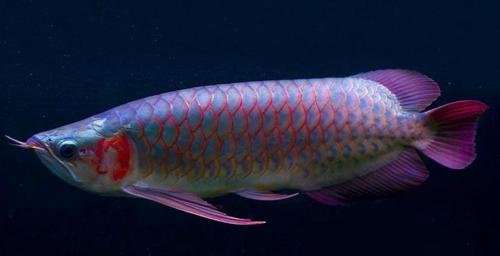What are the pros and cons of keeping Arowana in a freshwater aquarium?
Arowana are a beautiful, colorful fish that is also locally referred to as Water Monkeys, Dragon Fish, Baramundi, Saratoga, Kelesa, and Aruana. They belong to the Osteoglossidae Family of freshwater bony fish and are found in South America, Asia and Australia. There is an African species in the Family Arapaimidae that includes the Arapaima which is now considered a separate species.
Regardless of their origin, Arowana are a beautiful, long, sleek, streamlined fish with a unique character.
Most of the more colorful Asian species are listed as endangered and are protected from export to the United States. All species are aggressive, super efficient predators that grow rapidly in the wild and in an aquarium environment.
Arowana are found in big river channels with strong water currents. They are solitary fish and and sociable only as juveniles. As they grow, most Arowana become dominant and extremely aggressive.
Arowana are carnivorous surface feeders and in the wild their diet is comprised of insects, fish, birds or anything that drops on to the surface that they can fit into their mouths.
They have mandibular barbels or whiskers that they use to sense movement on the water surface, and they often jump out of the water to pick off small birds or insects from low hanging vegetation.

Asian arowana (Scleropages formosus)
Tropical fish keeping enthusiasts regard the Arowana as an extremely difficult fish to house for the following reasons:
- Because of their fast growth rate and the fact that Arowana are surface feeders, a huge tank is needed to keep them healthy. The width of the tank is much more important than the height of the tank they are kept in. As a general rule, the width of the tank should be at least as wide as the length of the fish.As Arowana grow, they should be relocated to progressively larger tanks to keep them from developing a permanent spinal curvature. Since adult Arowana grow to over four feet in length, a tank of over 200 gallons is recommended.
- Arowana are active jumpers so their tanks should always be covered.
- Because of their large size and aggressiveness, Arowana are best kept alone in a single species tank.If housed with other fish, they must be peaceful, preferably bottom dwellers and large enough not to be swallowed. More aggressive fish that could destroy the beautiful long flowing fins of Arowana should be avoided.Large Clown Knifefish, Pacu, Plecostomus, Oscars, Green Terrors, Pacu, Tinfoil Barbs, Siamese Tigerfish and other semi aggressive fish large enough not to be inhaled by the Arowana have been successfully kept with them.
- Arowana are more sensitive to nitrites than other fish so in order to maintain optimum health, proper filtration, good water movement, and 25 to 50% weekly water changes are required. Stable water quality is critical to the health of these fish.
- Filters, water temperature and other equipment should be checked daily. The water temperature should be held between 72° F. and 82° F.
- An average size (6″ to 12″ long) Arowana will easily outgrow their tank within 8 to 10 months.
Arowana are best kept by feeding them live or frozen foods. Provide them with live or frozen fish, shrimp, worms, krill, or as juveniles with floating Arowana pellet foods. Feed juveniles 2 to 3 times a day and adults what they can eat in 3 to 5 minutes, daily.
With proper care and diet Arowana can live up to 10 years.

